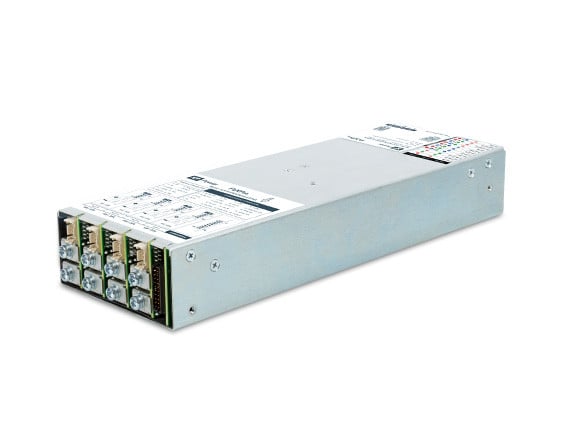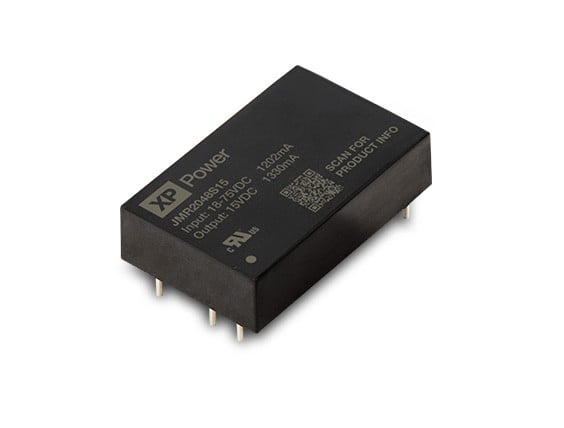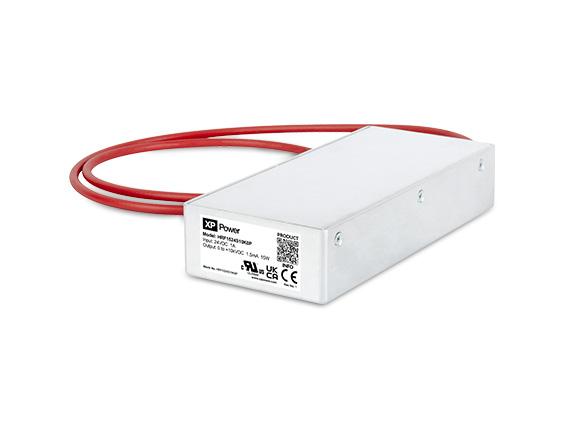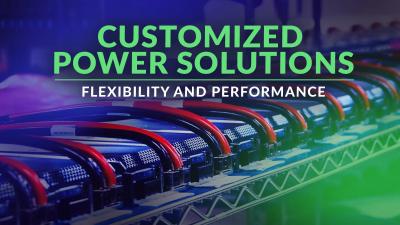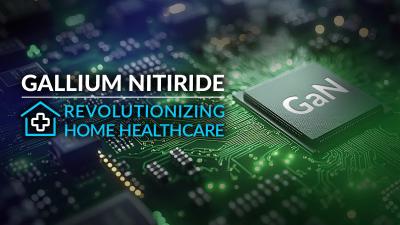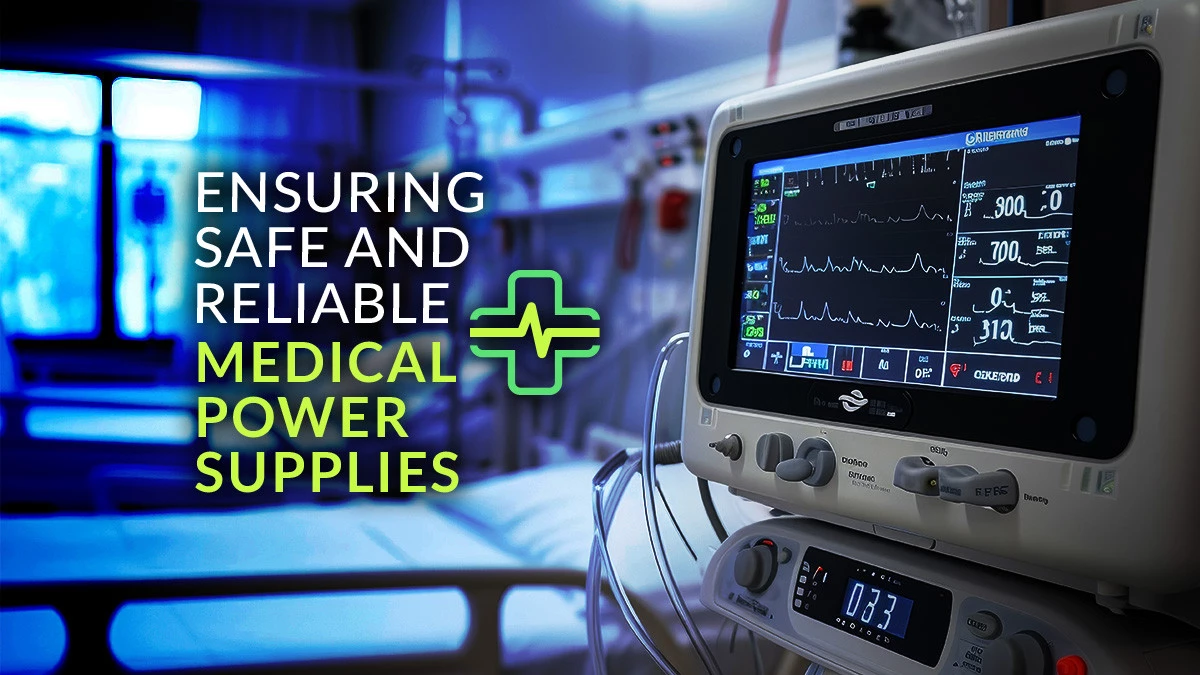
Our Product Marketing Manager, Shravan Govindaraj delves into the five critical design considerations to prioritize when developing power supplies for medical applications.
Overview
- Manufacturers must conduct comprehensive risk assessments in compliance with ISO 14791.
- Complying with stringent safety standards is essential to protect operators and patients from various hazards.
- Medical equipment must meet strict EMC requirements, and be practical and user-friendly.
In today's rapidly advancing healthcare landscape, the equipment used by medical professionals has evolved far beyond traditional tools. From photon-counting CT scanners to surgical robotics, the demand for reliable medical equipment is on the rise, driven by factors such as ageing populations and emerging markets.
Navigating diverse medical use cases
Medical equipment serves a wide range of functions, from battery-powered monitors to high power scanners. Designers must account for various use environments and equipment types, adhering to stringent safety standards like IEC 60601-1. Balancing safety with cost-effectiveness and advanced functionalities poses a unique challenge in medical equipment design.
1. Assess and manage risk
In compliance with standards like ISO 14791, manufacturers must conduct thorough risk assessments throughout the product lifecycle. From biocompatibility to data security, every aspect must be evaluated and mitigated.
With the increasing integration of digital control in power designs, the risk of data corruption or tampering adds a new layer of complexity.
2. Prioritize safety standards
Safety is of course hugely important in medical equipment design and encompasses protection against electric shock, fire, and mechanical hazards. Standards like IEC 60601-1 dictate stringent safety measures, including isolation requirements and leakage current limits.
Ensuring compliance with these standards is non-negotiable if you want to protect both operators and patients.
3. Manage leakage current
Although leakage current is inevitable, you must minimize this as much as possible, especially in equipment with direct patient contact. Stricter limits apply to devices such as cardiac equipment, where even a minor current could pose serious risks.
Achieving low leakage current while meeting other performance requirements remains a significant challenge for power supply designers.
4. Address EMC compliance
Medical equipment must adhere to stringent EMC requirements to ensure reliability in diverse environments. Standards like IEC 60601-1-2 specify emissions and immunity tests, including recent additions like proximity magnetic field immunity.
You’ll find that balancing low leakage current with EMC compliance requires careful consideration of power supply topologies and design strategies.
5. Look at functionality and practicality
Beyond safety and compliance, medical equipment must be practical and user-friendly. Lightweight, robust designs that facilitate data collection and analysis are essential for optimizing patient care.
Power supplies with advanced monitoring and control capabilities enhance equipment efficiency and enable seamless integration into healthcare workflows.
HPF3K0 series meets medical safety standards
An ideal solution for medical and industrial applications is the HPF3K0 series offering 2 x MOPP isolation with minimal leakage current that meets stringent medical safety requirements. With sophisticated digital control and monitoring functions, it ensures reliability and flexibility in diverse healthcare settings.
Summary
Designing power supplies for medical applications requires meticulous attention to safety, compliance, and functionality. By prioritizing these considerations and leveraging advanced technologies, engineers can develop reliable solutions that enhance patient care and improve healthcare outcomes.
Partnering with trusted power supply manufacturers ensures access to certified products that meet global standards, providing a solid foundation for innovative medical device designs.
Contact our technical support team for more information on our industry leading medical power supplies.
